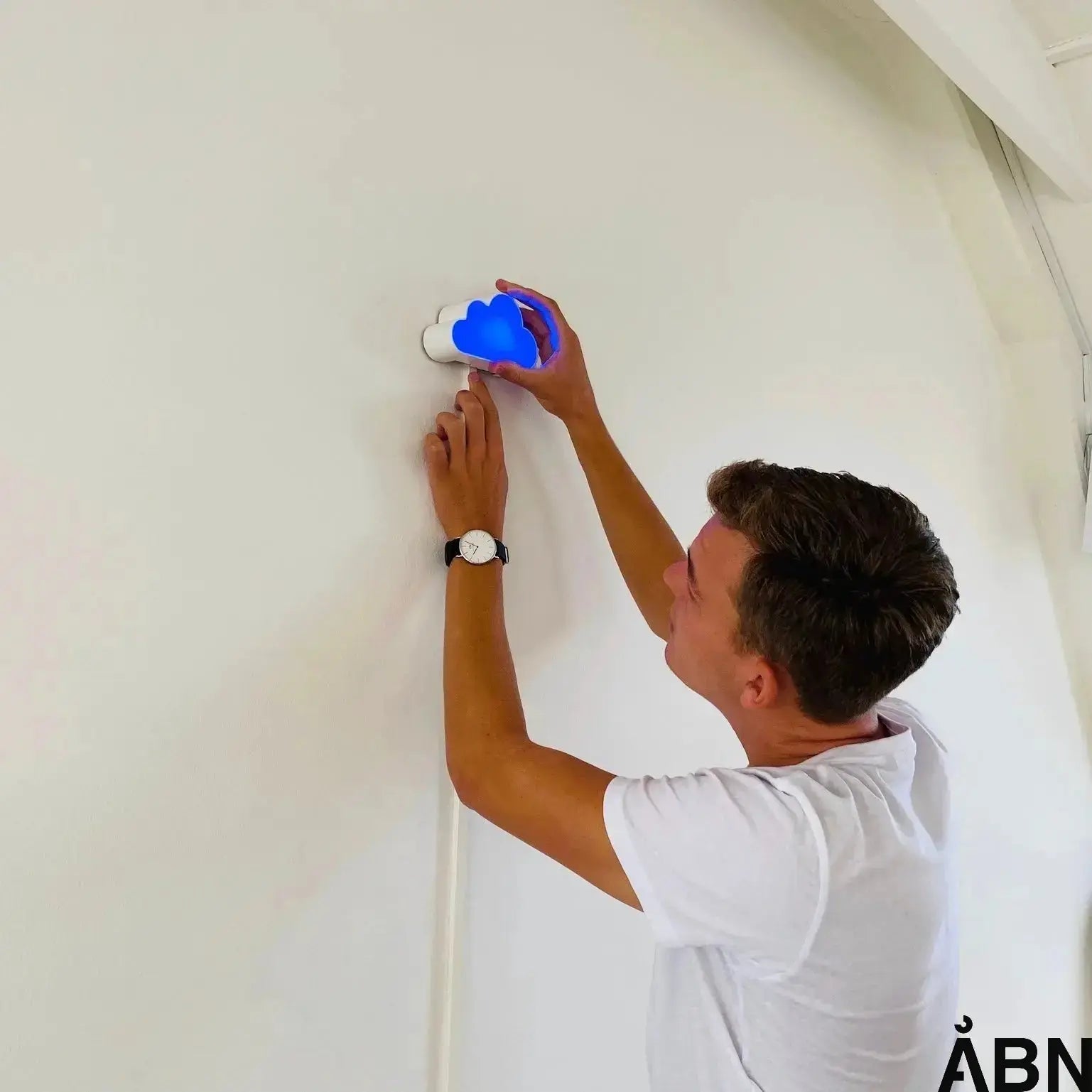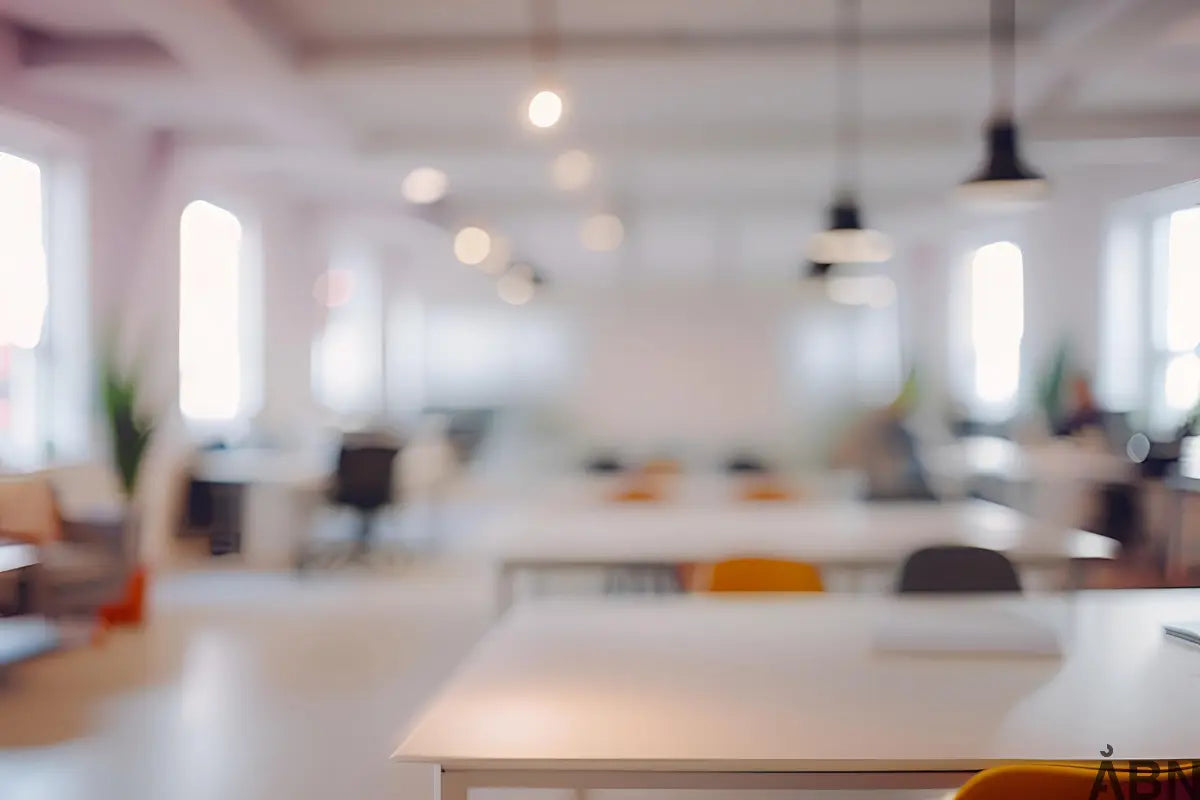Light is crucial for teaching and the well-being of students. This guide highlights how the indoor climate in schools affects learning ability and concentration through the physical and psychological effects of light. You will gain insight into the legal requirements for lighting in classrooms as well as specific advice on how you can optimize the lighting conditions - both through simple measures and more comprehensive solutions. The guide is based on the basic principle of the Danish Education Environment Act regarding the right of all students to a healthy and safe learning environment.
The importance of light for the teaching environment
Good lighting conditions are essential for an optimal learning environment. Light affects both the body and mind in ways that directly influence students' concentration, well-being and learning ability:
-
Hormone balance : In the absence of light, the body secretes the sleep hormone melatonin, which makes students tired and unmotivated. In sufficient lighting, on the other hand, cortisol is produced, which promotes wakefulness and concentration.
-
Daylight as the primary light source : Natural daylight has a positive effect on visual development, mood, circadian rhythm and general well-being. It should therefore be prioritized as the main light source whenever possible.
-
Concentration and learning : Research shows that focused lighting, such as pendant lighting over desks, can create "space within space" that increases concentration and promotes calmer behavior among students.
Legal requirements for lighting in classrooms
Classrooms in Denmark must have satisfactory lighting conditions, which are assessed based on the activities and tasks in the room:
Daylight requirements
- The window area should be at least 15% of the floor area.
- There should be a clear view of the sky wherever possible.
- Windows should be positioned so that direct sunlight does not cause overheating.
- In case of annoying sunlight, there must be sun protection (inside or outside)
- In regular classrooms, window tinting should be a maximum of 50%.
Artificial lighting requirements
- Sufficient number of lamps evenly distributed in the room
- Light intensity of at least 300 lux measured at the table surface
- Color temperature of minimum 3500 Kelvin for general teaching
- Possibility to adjust the light as needed
- Avoid glare for teachers and students
Advice and recommendations for better lighting conditions
Here-and-now bets
-
Integrate light into teaching : Use measurements of light in subjects such as physics and mathematics and focus on the importance of the indoor climate.
-
Use light as a pedagogical tool : Adjust the light according to the activity - bright, cold light for tasks requiring concentration and dim, warmer light for calm activities.
-
Maximize daylight : Be sure to draw curtains as often as possible without disturbing students near windows.
-
Involve the students : Ask them about their experience of the light in the classroom:
- Is the artificial light pleasant?
- Do they experience glare?
- Is there sufficient daylight?
- What improvements could they think of?
Tip! Do you want to know if the artificial lighting in your classroom complies with the regulations in the area? With the SKYEN indoor climate meter you can measure and see what the lighting conditions are like during the day, week or month. With ÅBN's simple indoor climate label with a scale from A to G, you can see whether you are on the good (blue) or bad (red) end.
Long-term solutions
-
Replace outdated light sources : Modern light sources are more energy efficient and at the same time meet the latest requirements for lux and color temperature.
-
Install lighting control systems : The ability to adjust lighting according to activity promotes both concentration and energy levels.
-
Establish appropriate sun protection : Exterior sun protection is often most effective, as it reduces both direct sunlight and overheating without blocking all daylight. Interior shading in light shades that allow some light to penetrate can also be a good solution.
Relevant sources of law
- The Educational Environment Act (Act No. 166 of 14 March 2001)
- Building regulations (section on lighting conditions)
- The Working Environment Act (LBK no. 1072 of 7 September 2010)
- Executive Order on the design of permanent workplaces (BEK no. 96 of 13 February 2001)
- Danish Standard 700: Artificial lighting in work spaces
This guidance is based on the right of pupils and students to a safe and healthy educational environment, as prescribed in the Educational Environment Act.









